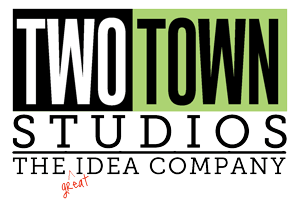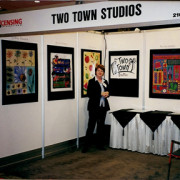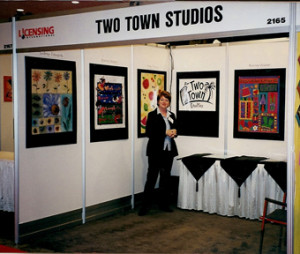Who’s Your Daddy?
The art director loves it, the review committee loves it, but when it comes time to sign a contract someone along the line does not understand the message and kills the project. In this business it is sometimes difficult to get a handle on who you are actually working to please, and this can definitely be one of the more confusing aspects of art licensing. The first answer many artists come to (or is it the last answer?) is that you are working for yourself. The idea is that you are a little business, an independent contractor, and everything you do builds your reputation, furthers your career and advances your brand. Another approach is to believe that you are working to connect with the end user – that consumer who finally buys the product, because if it doesn’t speak to them…no sales. Or could it be the art director who picks your design from the hundreds spread out on the workroom table? Or his/her boss? And then there is that retailer whose commitment will determine whether or not the project ever sees the light of day? Could it be them?
Identifying your final customer can be difficult. Think about this: you are not a customer of Facebook. Or Twitter. Or Google, Yahoo, Bing, or most anyone who offers you a free service. You are their PRODUCT, and their customers are the advertisers and marketers who pay them for your information. If you and I both call Google with a complaint they will likely address my concerns and ignore yours because I pay them every month to place my business info in front of…you. The social media companies have created free platforms for conversation and then have sold eavesdropping rights to marketers. They didn’t bother to ask your permission because – that’s right, you are not their customer. Or this: you design a really cool men’s gift item that will be a slam dunk with every guy who sees it. But it doesn’t sell because their wives and girlfriends don’t get it. Who are the customers for men’s gifts? Women.
It’s not that what WE believe about a design isn’t interesting and valuable, it’s just that what your customer thinks matters more. Understanding the whole picture is important, and there is a lot of time and energy expended toward doing just that. The marketing people at Disney can tell you the average age and gender of the buyers of a licensed product, and also the average age and gender of the final recipient. Worldwide. Try to become client focused and work on understanding who is making what decisions, and why – the ability to correctly identify your real customer is an essential skill that will serve you well in your career.



